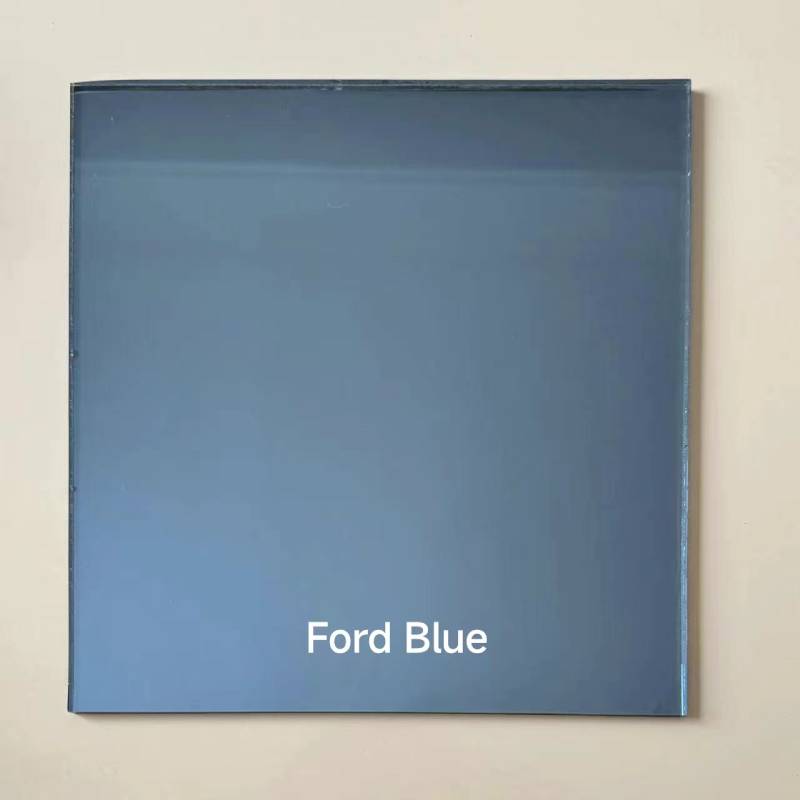

The Role and Benefits of Infrared Reflecting Glass
Infrared reflecting glass, often referred to as IR-reflective glass, is a specialized type of glass designed to block or reflect infrared radiation while allowing visible light to pass through. This innovative material has become increasingly popular in various applications, particularly in the construction and automotive industries, due to its numerous benefits regarding energy efficiency, comfort, and aesthetics.
Understanding Infrared Radiation
Infrared radiation is a type of electromagnetic radiation with wavelengths longer than visible light but shorter than microwaves. It constitutes a significant portion of the sun's energy that reaches the Earth. Although visible light is essential for illumination, infrared radiation contributes to heat. When buildings and vehicles absorb excessive infrared radiation, they can become uncomfortably warm, necessitating increased cooling efforts, which leads to higher energy consumption.
Benefits of Infrared Reflecting Glass
1. Energy Efficiency One of the primary advantages of infrared reflecting glass is its ability to enhance energy efficiency in buildings and vehicles. By reflecting a significant portion of infrared light while allowing visible light to enter, IR-reflective glass minimizes heat gain. In warmer climates, this translates to reduced reliance on air conditioning, significantly lowering energy bills and decreasing carbon footprints.
2. Comfort The use of infrared reflecting glass significantly enhances indoor comfort. With reduced heat from sunlight entering through windows, spaces remain cooler and more pleasant, even during the hottest days. This is particularly beneficial in residential and commercial buildings, where comfortable environments are crucial for productivity and relaxation.

3. UV Protection Many IR-reflective glasses also provide protection against harmful ultraviolet (UV) rays. Prolonged exposure to UV radiation can lead to skin damage and fade interior furnishings. By incorporating infrared reflecting glass, property owners can safeguard their health and preserve the aesthetic integrity of their spaces.
4. Aesthetic Flexibility Infrared reflecting glass comes in various tints and finishes, allowing architects and designers to create attractive aesthetic solutions without sacrificing performance. Whether it’s a sleek skyscraper or a residential home, this type of glass can be customized to complement various architectural styles while providing practical benefits.
5. Sustainability As the world moves toward more sustainable building practices, infrared reflecting glass stands out as a green solution. By reducing energy consumption and enhancing occupant comfort, it supports sustainable development goals. Using this glass can contribute to green building certifications, such as LEED (Leadership in Energy and Environmental Design), appealing to environmentally conscious consumers.
Applications in Everyday Life
Infrared reflecting glass is used in a myriad of applications. In commercial buildings, large glass facades employ this technology to enhance energy performance while maintaining natural lighting. In the automotive industry, it is used to create windows that reduce heat accumulation in vehicles, thereby improving passenger comfort and fuel efficiency. The potential for use in residential windows is also significant, as homeowners seek ways to improve energy efficiency and comfort in their living spaces.
Conclusion
The growing demand for energy-efficient solutions in an era of climate concern positions infrared reflecting glass as a key player in the architectural and automotive landscape. Its ability to combine functionality with aesthetics makes it an invaluable asset for modern buildings and vehicles. As we continue to seek ways to mitigate energy usage and enhance comfort, infrared reflecting glass will undoubtedly play a significant role in shaping a more sustainable future. The integration of this innovative material exemplifies how technology can harmonize with the natural environment, promoting both efficiency and style.